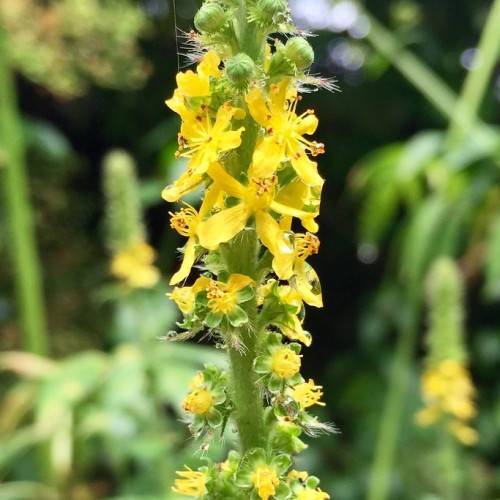
European Agrimony
Agrimonia eupatoria
Watering:
Average
Hardiness Zone:
Sun:
full sun,part shade
Leaf:
Yes
Growth Rate:
Low
Drought Tolerant:
Yes
Salt Tolerant:
Yes
Care Level:
Medium
watering
Hybrid Field Agoseris (Agoseris x agrestis) should be watered thoroughly about once a week or more during dry weather if soil is dry 1 inch below the surface. Do not water so frequently that water stands on the surface for more than 30 minutes after watering. In cooler weather, the plant may need less watering; it is best to wait until the soil is slightly dry before watering. Make sure to water the plant in the morning and try to avoid wetting the foliage.
sunlight
Hybrid Field Agoseris (Agoseris x agrestis) is a sun-loving perennial which grows best when given at least 6 hours of direct sunlight per day. It prefers full sun in the morning and afternoon, but can also tolerate some shade during the middle of the day. In hotter climates, some mid-day shade may be beneficial. The plant will grow best when it gets more sunlight during the cool days of spring and early summer, and less in the hotter summer months.
pruning
Pruning should begin in late winter, with pruning of any dead or damaged stems and removal of any diseased leaves. As the plants begin to grow in the spring, clip off any shoots which are growing off center of the desired shape of the plant. Then, prune back the entire plant in early to mid-summer by 1-third its size. Finally, give 1 more light pruning in autumn to reduce the flower heads, while still leaving some for the birds.
